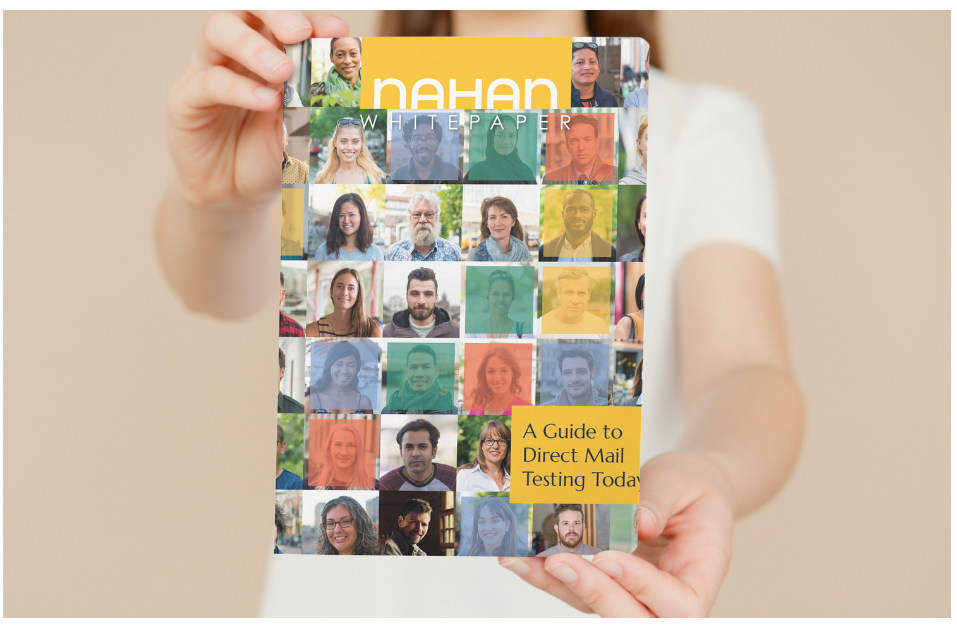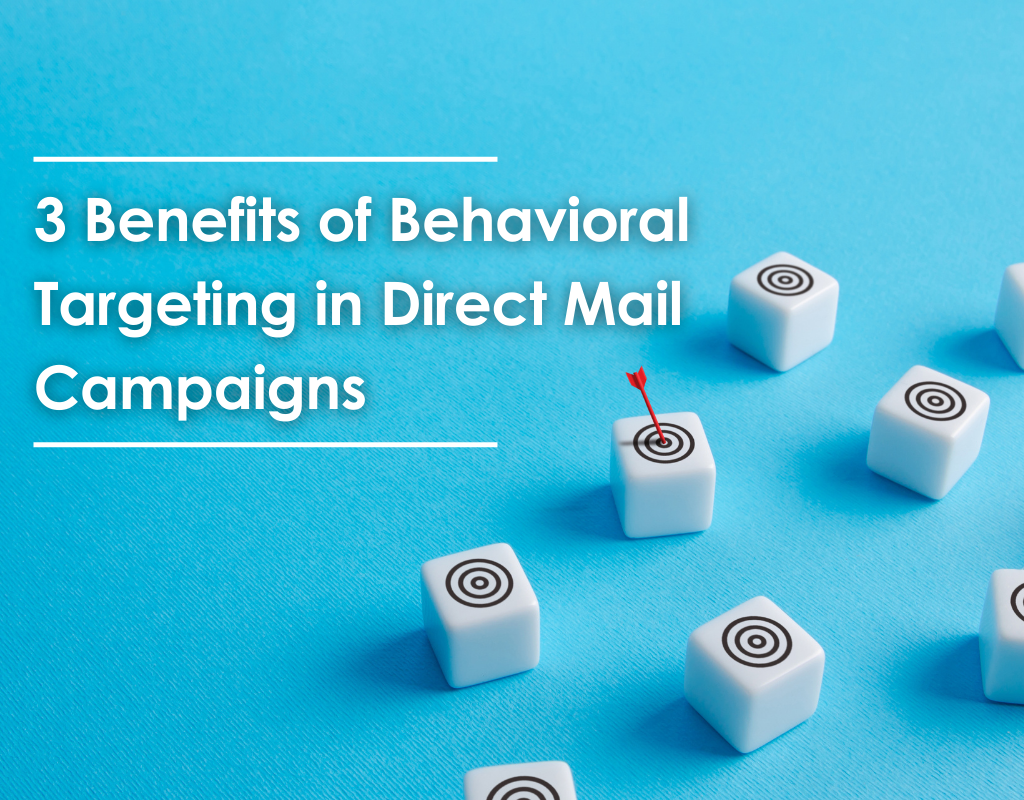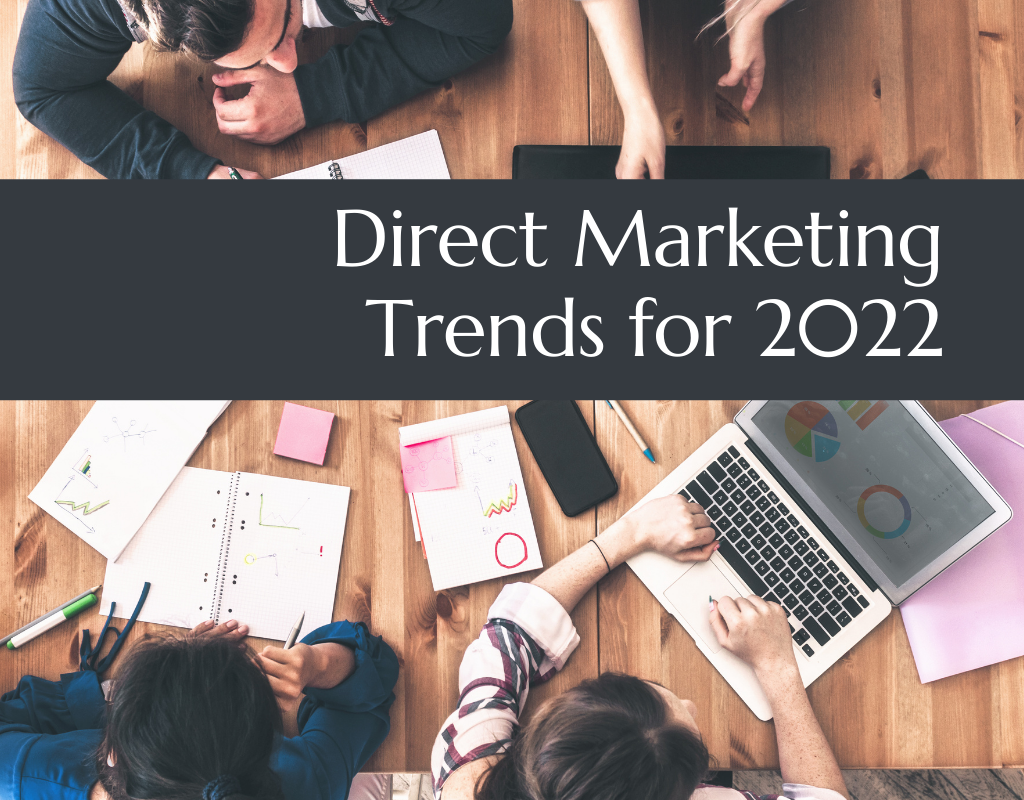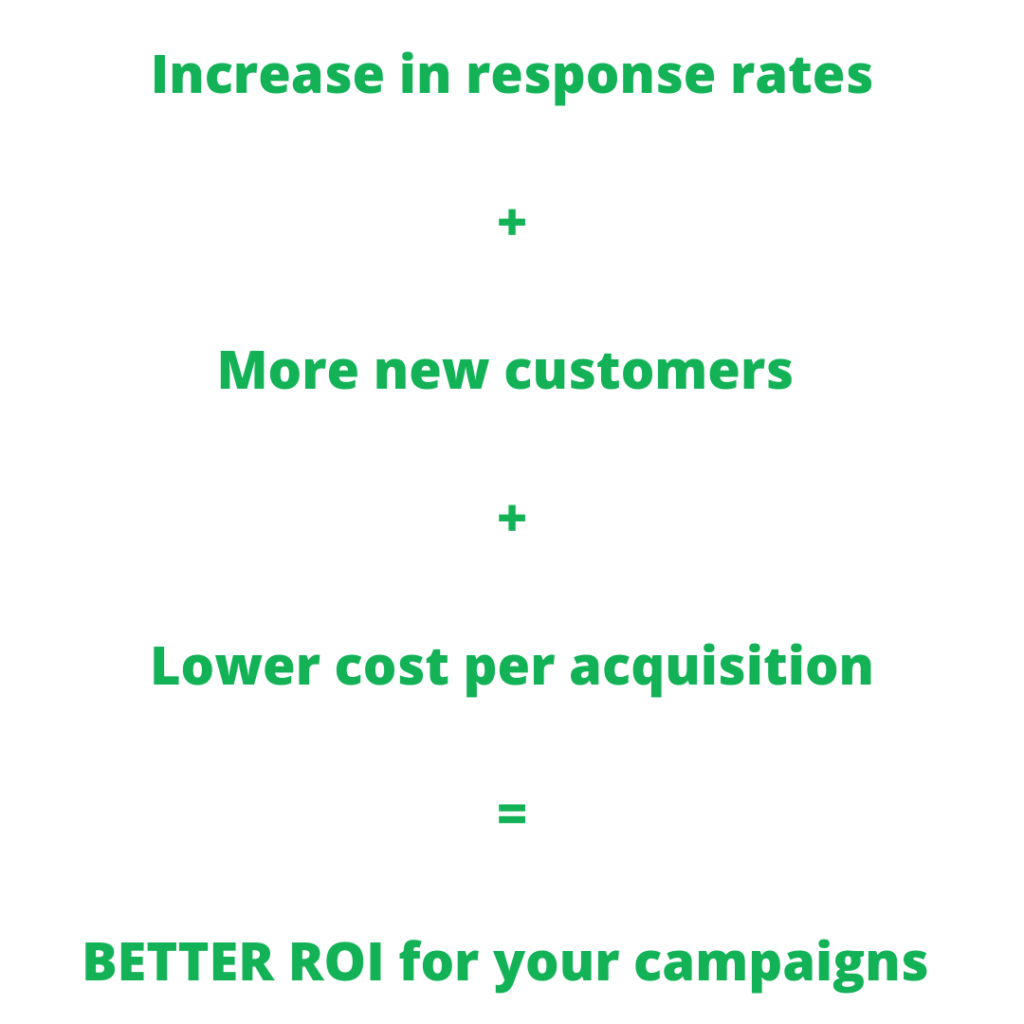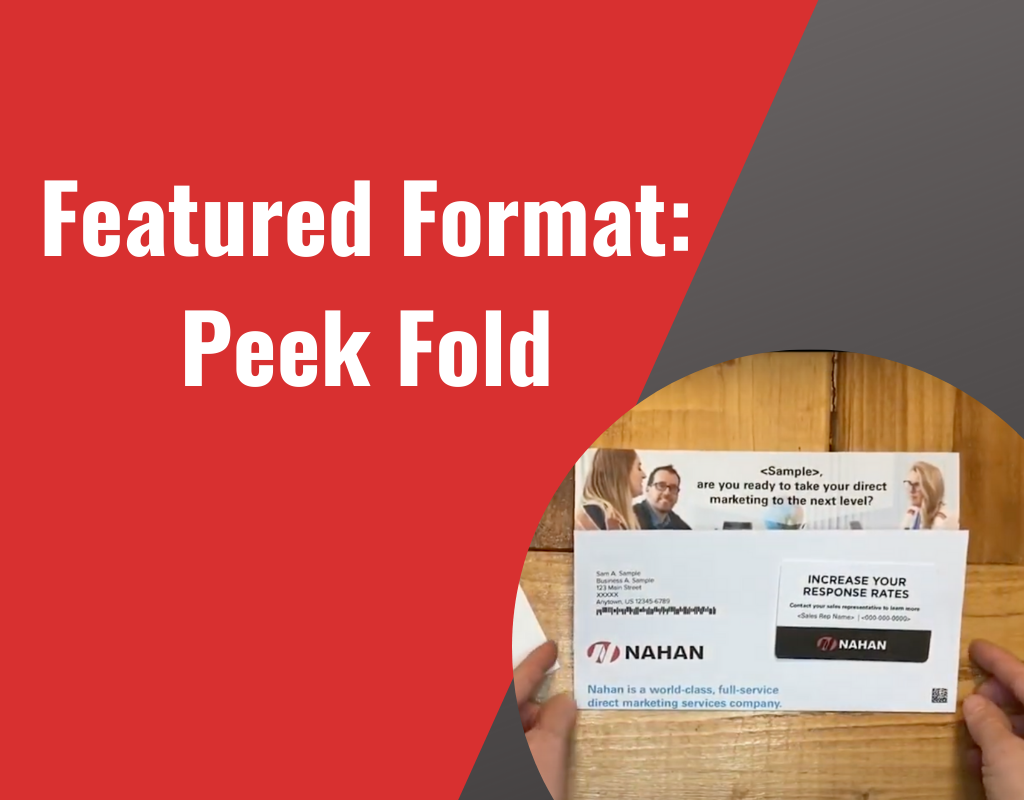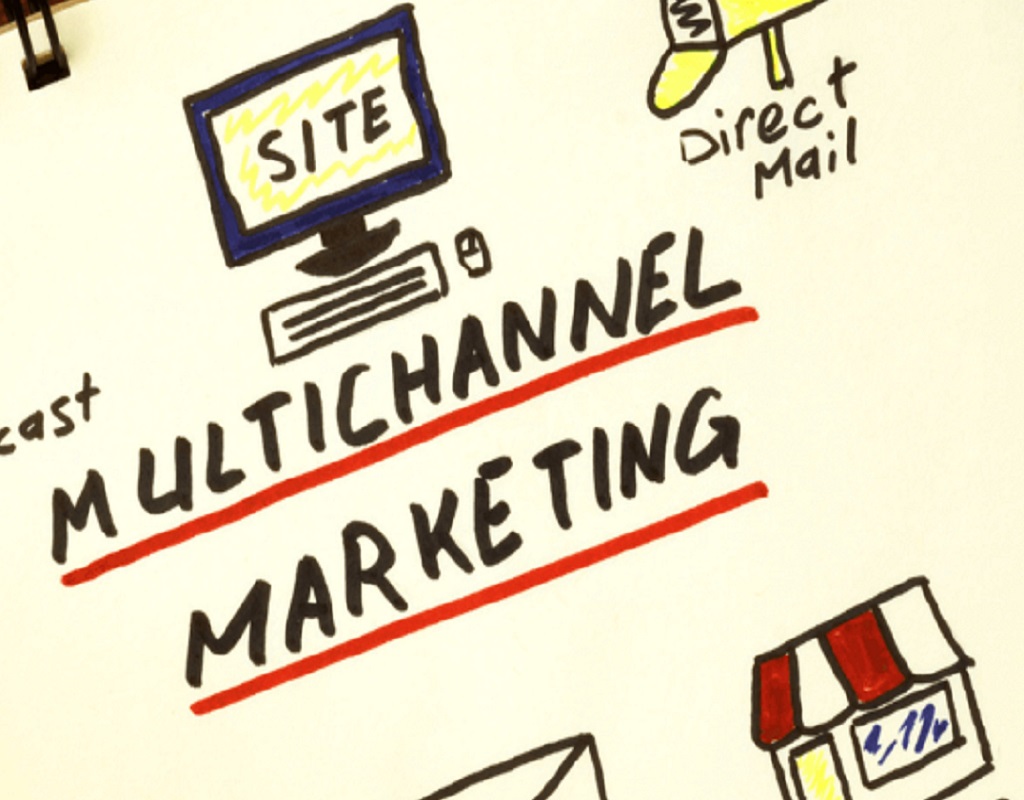Did you know that direct mail is one of the most effective tools for building strong connections with your customers and driving business growth? By crafting tailored messages that resonate with specific audiences, direct mail can help you boost your return on investment (ROI) and stay ahead of the competition.
However, even seasoned direct mailers can benefit from periodic refresher courses to ensure they’re leveraging the latest direct response fundamentals. If you’re new to direct mail, learning the fundamentals can help you unlock the full potential of this powerful marketing channel.
In this article, we’ll share 10 tips for mastering the fundamentals.
Define your target audience
Defining your target audience is crucial for the success of your direct mail campaign. Here are some essentials to keep in mind:
- Conduct market research to understand the demographics and interests of your potential customers
- Develop buyer personas that represent your ideal customers and tailor your message to their needs and preferences
- Analyze your existing customer base to identify patterns and characteristics that can inform your targeting strategy
- Utilize data analytics and segmentation tools to identify the most profitable segments of your target audience and personalize your message accordingly
For example, if you’re a company that sells outdoor gear, you might define your target audience as adventure seekers who are passionate about hiking, camping, and other outdoor activities. By understanding their interests and behaviors, you can create a direct mail campaign that speaks directly to them, showcasing your products in a way that resonates with their outdoor lifestyle.
- Solution: Data and analytics need to identify target audiences that will have the highest likelihood of response. Your goal is not to just mail to a large group of people, but to mail to a group of responsive people that will grow revenue.
Create a compelling offer
Once you’ve defined your target audience, the next step is to create a compelling offer that motivates them to take action. Whether it’s a discount, free trial, or exclusive content, your offer should be something that your target audience values.
What you offer will depend on your industry. If you’re a car insurance company, you might offer premium discounts to students. This not only provides value to your target audience, but also intercepts them at a time when many are getting car insurance for themselves for the first time.
- Solution: Make sure Strategy and Creative are aligned and work together to develop offers that will lead to consumers taking action. The key here is offering value.
Personalize your message
Personalization is key to the success of any direct mail campaign. By personalizing your message, you can create a more meaningful connection with your target audience.
Generic greetings like “Dear Customer,” are outdated with today’s technology. With variable data printing, you can address your target audience by name. You might also use personalized content that speaks directly to their interests and needs.
- Solution: Focus on creative that delivers increased open rates. By using variable data printing, not only can our Creative team design pieces that include unique customer names, but also unique messaging that speaks to the barriers of the customer. The obstacles to a Senior Citizen changing car insurance may be different from a middle-aged family with a new teenage driver. Our team designs with the audience in mind.
Use high-quality visuals
Visuals are a powerful tool in direct mail marketing. High-quality images and graphics can help your message stand out and grab the attention of your target audience.
That old phrase “a picture paints a thousand words” is true. Picture this. You’re a fashion retailer with a catalog, but there’s no images of the clothing. Crazy, right? You’re going to want to include high-quality images of your products in your direct mail campaign. This not only showcases your products, but also gives your target audience a better idea of what they can expect when they shop with you.
- Solution: We’re a big believer in the power of images. We wouldn’t be in marketing if we didn’t. One of the unique advantages of print marketing is the impact that images can have over time. Unlike digital, print doesn’t just disappear because you close a tab on your browser. Always focus on choosing visuals that draw the reader in and speak to that specific target audience.
Include a call to action
A call to action (CTA) is a critical component of any direct mail campaign. Your CTA should clearly state what action you want your target audience to take and how they can do it.
For example, if you’re a food subscription box that offers a discount for new customers, your CTA might be something like “Visit our website to claim your discount.” This not only encourages your target audience to take action, but also provides them with a clear and simple way to do it.
- Solution: We believe your CTA should be clear and not difficult. Consumers need to know what action to take and how to accomplish it. By learning your brand and your audience, you are able to pinpoint an effective CTA that consumers are responsive to.
Test and refine your message
Direct mail marketing is an iterative process. You should always be testing and refining your message to improve its effectiveness. Testing shouldn’t be a one-time occurrence. As your customer base evolves, testing should be a flexible, ongoing process that improves response and ROI.
You might test different headlines, images, or offers to see which ones perform best. Testing different mailing lists to see which audiences respond best to your message is also encouraged.
- Solution: We talk about testing all day, everyday at Nahan. Why? Because we believe it makes a night and day difference in your ROI. We find that most of the time, marketers just don’t know where to start with testing, and so out of fear, they don’t test. But when viewed as a long-term investment, it’s risky to not test in direct mail testing. If you’re ready to test smarter and drive ROI for your program, download “A Guide to Direct Mail Testing Today” for marketers both new to and familiar with testing. From research, pre-testing, testing, and post-campaign assessment, we cover it all.
Use a clear and concise format
Direct mail campaigns should be clear and concise. Your message should be easy to read and understand, and your design should be simple and visually appealing.
A common way to do this is by using bullet points to highlight the key benefits of your product or service. Using a clear and legible font that’s easy to read is also important. You only have a few seconds to grab the consumer’s attention, so you want to make sure it is readable.
- Solution: If it looks too confusing, chaotic, or just too much, odds are the consumer won’t read it. Copy needs to be clear, concise and inspire action. As consumers ourselves, we’ve seen our fair share of direct mail that doesn’t do this correctly. Font that are hard to read, bulk paragraphs in a letter – all of which tell the consumer, it’s too much to read. Our team of copywriters solve that problem by creating mail pieces that flow and highlight the important information to grab the consumer’s attention.
Track your results
Tracking your results is critical to the success of any direct mail campaign. You want to know what’s working and what’s not so that you can adjust accordingly.
You might track metrics like response rate, conversion rate, and ROI to see how your campaign is performing.
- Solution: They say marketing is just gambling unless you track the results. At Nahan, our Strategists work closely with our clients on setting up tracking for campaign, so we know how to adjust if needed. This is why we believe so heartily in testing to grow your ROI.
Follow up with your leads
Direct mail campaigns are only the first step in building a relationship with your target audience. After your leads have responded to your offer, it’s essential to follow up with them to continue the conversation and close the deal.
For example, if you’re a financial services company that offers a free financial planning session, you might follow up with your leads to schedule an appointment. This not only helps you build a relationship with your leads but also provides them with additional value.
- Solution: Set up an action plan and process to follow up with your leads, we cannot emphasize the need to do this enough. A response is just a response, unless you do something with it. If your CTA leads people to fill out a form with their email address to receive a free quote – you need to have your Sales team following up with them asap. This will also help you to know whether your offer is resonating with the right audience.
Integrate with other marketing channels
By combining direct mail with email, social media, or other channels, you can create a more comprehensive and effective marketing strategy. In a study by Gartner, technological research and consulting firm, integrated campaigns across four or more channels outperform single or dual-channel campaigns by 300%.
For example, you might use direct mail to promote a new product launch, and then follow up with a digital ad display that keeps your brand top of mind for your target audience and encourages them to take action.
- Solution: Nahan offers an entire suite of full service direct marketing solutions, and we believe that marketing packs the most punch when doubled up. Many of our customers choose to combine direct mail with digital display ads that keep their brand top of mind. We can help you integrate them to ensure one cohesive message.
Ready to grow?
Direct mail marketing is a powerful tool that can grow your company. When planning a direct mail campaign, planning around these ten direct mail tips can help you effectively increase ROI.
Remember:
- Define your target audience and create a personalized and compelling offer that provides value to them
- Grab your consumer’s attention by only using high-quality visuals and strong CTA’s
- Test and refine continually to improve effectiveness
- Track your results and follow up with leads
- Integrate with other marketing channels to increase response rate even more
Time to mail? Let’s work together to make a comprehensive direct mail marketing strategy that delivers.




